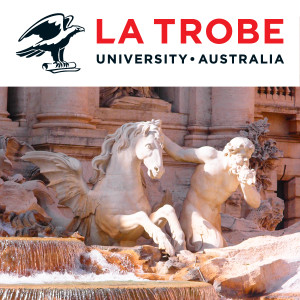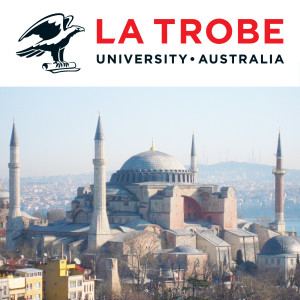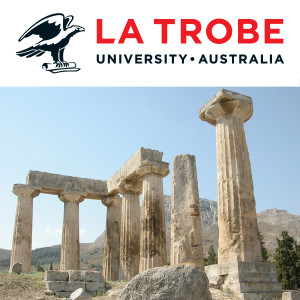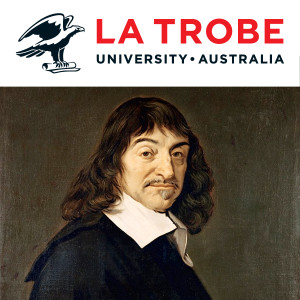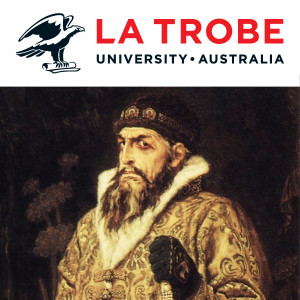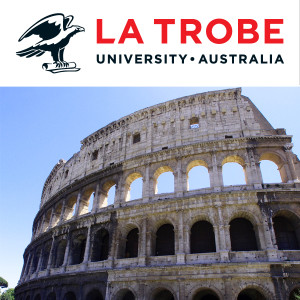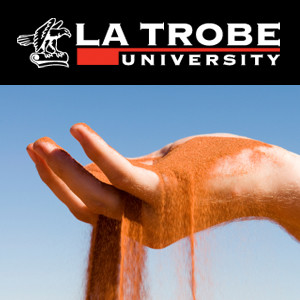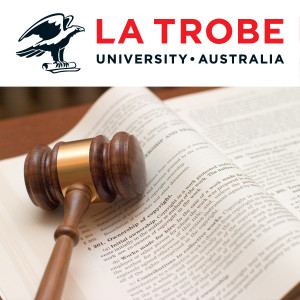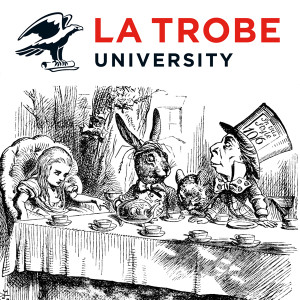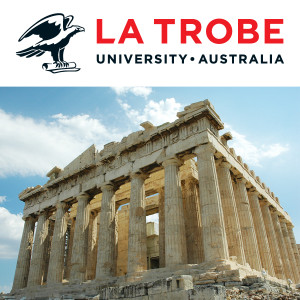

Ancient Greece: Myth, Art, War
https://www.latrobe.edu.au/marketing/assets/podcasts/rssfeeds/mds1ang.xmlEpisode List

The Acropolis Programme
After a curious gap of over 30 years, the Athenians finally started to rebuild on the Acropolis following the Persian sack of 480 BC. In this lecture Dr Gillian Shepherd examines the extravagant programme of grand buildings – most famously the Parthenon – on the Acropolis and looks at some of the issues surrounding the interpretation of the buildings and their decoration. Copyright 2013 Gillian Shepherd / La Trobe University, all rights reserved. Contact for permissions.

Art, Myth and Marathon
The Battle of Marathon in 490 BC – when against all odds the Athenians (with a bit of help from the Plataeans) defeated the Persians was too good a PR opportunity for the Athenians to ignore and they made the most of it. In this lecture Dr Gillian Shepherd looks at the imagery associated with war and especially the Battle of Marathon and the series of victory monuments erected in Athens, Attica and Delphi. Marathon entered Athenian mythology: the gods themselves – Athena, Herakles, Theseus and Echetlaos no less - had turned up at Marathon to help the Athenians. Copyright 2013 Gillian Shepherd / La Trobe University, all rights reserved. Contact for permissions.

Myth, Art, War and Greek Sanctuaries
Sanctuaries were the context for many of the most impressive buildings and sculptures produced by the ancient Greeks. In this lecture Dr Gillian Shepherd looks at the basic types of sanctuary and temple design, and then focuses on one of the most famous of all Greek sanctuaries, that of Zeus Olympios at Olympia – home to the Olympic games, but also the site of lavish temples, treasuries and sculpture. Copyright 2013 Gillian Shepherd / La Trobe University, all rights reserved. Contact for permissions.

The Trojan War in Greek Art
Mythological scenes are common in Greek art. The Trojan War was a very popular subject for Greek artists, especially vase painters of the 6th and 5th centuries BC. In this lecture Dr Gillian Shepherd looks at range of images of the Trojan War – some of which do not in fact occur in the literary tradition. Are we missing some stories, or could ancient Greek painters and sculptors come up with their own slant on mythical characters and their antics? Copyright 2013 Gillian Shepherd / La Trobe University, all rights reserved. Contact for permissions.

Vase Painting in Classical Athens
Pottery is the single biggest category of evidence we have from the classical world – there is nothing we have more of. Much of it is fragmentary coarseware, but other vases were decorated. Thousands of vases painted in the black and red figure techniques were made in Athens between the seventh and fourth centuries BC and exported all over the Greek world. In this lecture Dr Gillian Shepherd looks at the basics of Athenian vase painting: shapes, techniques and dating. Vases with scenes of myth and everyday life are invaluable sources for analysing ancient society – for example, the scenes of everyday life give us a picture of Greek activities and what perishables such as furniture and textiles looked like. But can we take these at face value? Or do they potentially offer some more idealised or restricted view of ancient Greek life and society? This examined through two categories of everyday life scene in particular: warfare and women. Copyright 2013 Gillian Shepherd / La Trobe University, all rights reserved. Contact for permissions.
Create Your Podcast In Minutes
- Full-featured podcast site
- Unlimited storage and bandwidth
- Comprehensive podcast stats
- Distribute to Apple Podcasts, Spotify, and more
- Make money with your podcast
